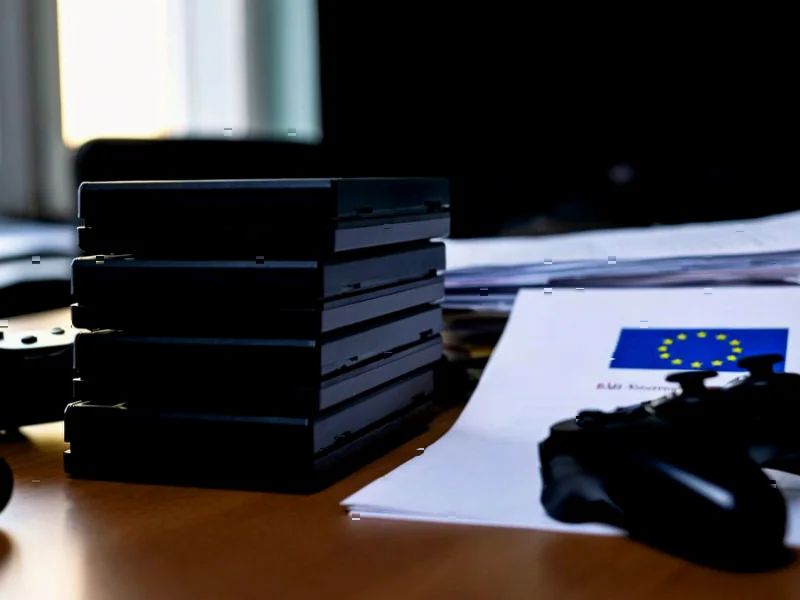According to Eurogamer.net, the US Patent and Trademark Office has taken the rare step of re-examining Nintendo’s recently granted Pokémon patent (No. 12,403,397) that covers summoning sub-characters for battle mechanics. USPTO director John A. Squires personally ordered the re-examination in November 2024 after discovering prior art in two older patents – one from Konami in 2002 and another from Nintendo itself in 2019. This follows Japan’s Patent Office rejecting Nintendo’s March 2023 application for similar capture and throwing mechanics, citing existing games like Monster Hunter 4 and Ark: Survival Evolved. Nintendo now has two months to respond to the US re-examination order, which Games Fray notes makes patent revocation “highly likely.” Both patent challenges represent significant blows to Nintendo’s ongoing patent infringement lawsuit against Palworld developer Pocketpair.
Why This Matters for the Palworld Fight
Here’s the thing about patent lawsuits – they live or die on whether the patents being asserted are actually valid. Nintendo‘s case against Pocketpair basically hinges on proving that Palworld copied specific, patented gameplay mechanics from Pokémon. But if those patents get invalidated because the mechanics weren’t actually new or novel? Well, the whole legal foundation crumbles.
And that’s exactly what’s happening here. The USPTO director doesn’t personally order re-examinations every day – Games Fray says this might be the first since 2012. When they’re citing prior art from 2002 Konami patents and even Nintendo’s own 2019 filings, it suggests the office thinks Nintendo might have been granted a patent for something that already existed. That’s… not great for their legal position.
What This Means for Game Developers
Look, this isn’t just about Nintendo versus Pocketpair. This case has become a flashpoint in the gaming industry about how far companies can go in patenting basic gameplay mechanics. I mean, summoning characters to fight? Controlling characters automatically versus manually? These are fundamental game design concepts that have been around for decades.
Pocketpair’s response to the lawsuit last year was pretty telling – they said they wanted to ensure small studios wouldn’t be “hindered or discouraged from pursuing creative ideas.” And they’ve got a point. If companies can patent broad mechanical concepts like this, where does that leave indie developers working in established genres?
The fact that both US and Japanese patent offices are pushing back suggests there might be limits to how much gameplay can be patented. The re-examination order specifically questions whether a “reasonable examiner” would consider these claims patentable given the existing prior art. That’s legal-speak for “this might have been obvious to anyone in the field.”
Where Does Nintendo Go From Here?
So what happens now? Nintendo has two months to defend their patent in the US, and the Japan rejection isn’t final either. But the timing couldn’t be worse for their legal strategy. Patent cases are expensive and time-consuming even when you have strong patents – when your key patents are being questioned by the very offices that granted them? That’s an uphill battle.
I suspect we might see Nintendo reconsider their approach. Maybe they focus more on copyright claims about specific character designs rather than patent claims about gameplay mechanics. Or perhaps they look for a settlement that lets them save face while avoiding a precedent-setting loss.
Either way, this patent re-examination is a massive development. It doesn’t automatically mean Nintendo loses their case, but it sure makes their path to victory a lot rockier. And for the rest of the gaming industry watching this play out? It could determine how much protection – or restriction – gameplay patents provide moving forward.




